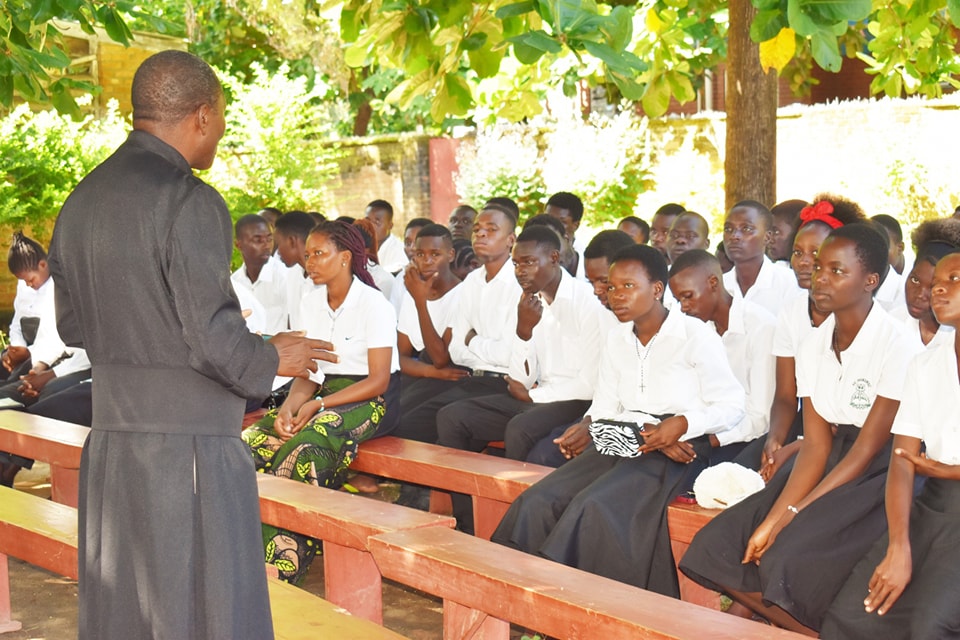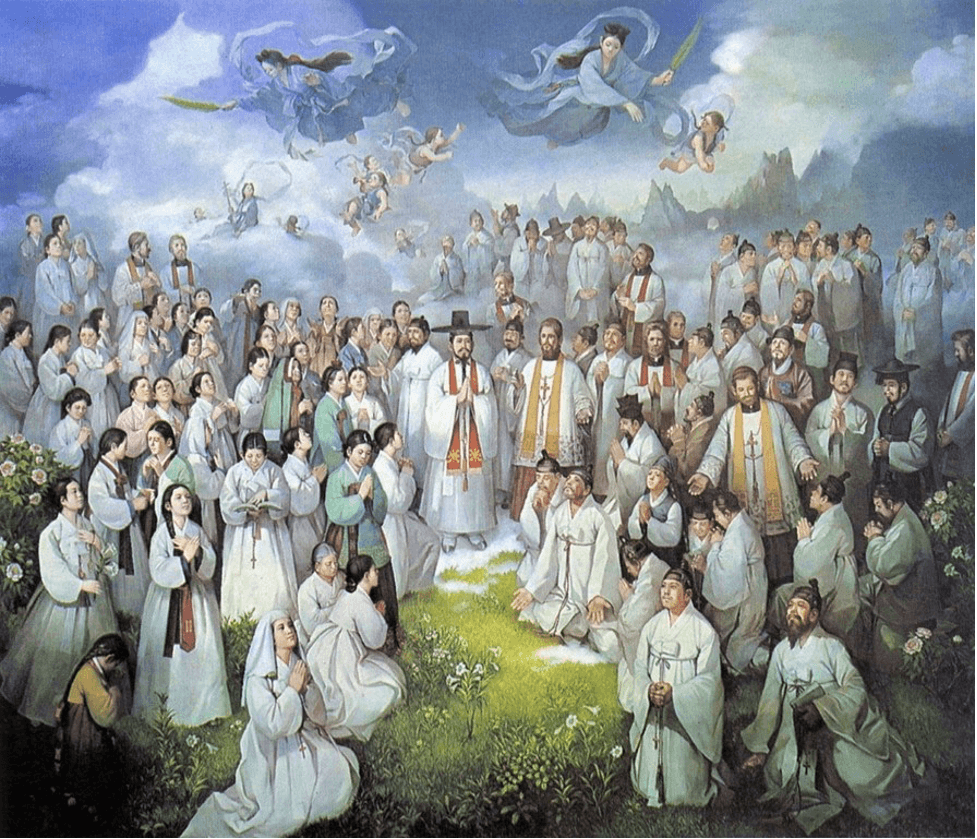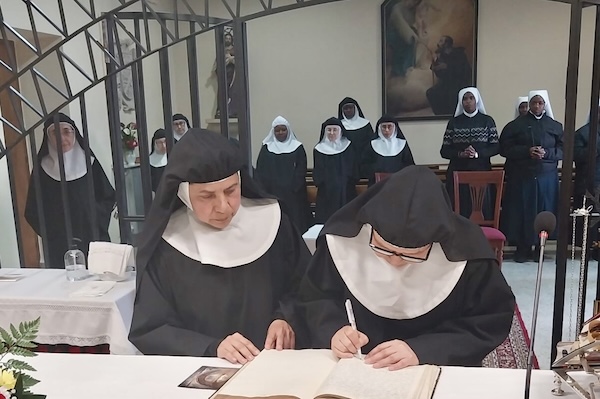Joaquim Magalhães de Castro
A few months before the beginning of the celebrations that mark the 500th anniversary of the circumnavigation trip carried out by Ferdinand Magellan (Fernão de Magalhães is his real name, and I will use it from now on), I decided to revisit Cebu and see again the cross he planted there and the statue of the Child Jesus that by Magalhães’ direct order ended up in the hands of a local queen and today is proudly displayed in a side altar of the Basilica of Santo Niño, probably the most religious site in the Philippines.
I would start by saying that the international airport of Mactan (neighboring island of Cebu) still smelled of paint – so new was it. Its vaulted structure is a true work of art in the shape of wood. It is, as the Filipinos would say, using a word that either the Portuguese or the Spanish bequeathed to them, a beautiful “prenda” (gift) for the eyes, most likely inspired by the ceilings of the cathedrals.
Comfortably accommodated in a Mybus and prepared for a predictable automobile congestion, I delight in the now-found and always imaginative jeepneys. The final stop is at the main mall of the city.
First impression: the degraded aspect of the urban fabric and the apparent absence of important colonial buildings. But, hold on; we are still on Sanciangko Street, where common accommodation does not include breakfast but leaves us relatively close to the city center.
And there is no lack of eateries and barbecues preparing “lechon” and chicken for all tastes. Water, for the most environmentally conscientious, can be purchased separately, although the old vending machines only accept one peso coins. As far as I’m concerned is perfect. I prefer a thousand times any of these improvised canteens – almost always with homemade food that if not reheated is really tasty – than the Yankee alternative of hamburgers, hot dogs and pizzas.
Early the next morning I just follow Borromeo street below, delighted with the beautiful wooden façades of some of the surviving traditional houses and surprised by the imposing sky-blue building of the retailer Hy Trading, a mixture of colonial features with arte nova, exhibiting high-relief stucco on the friezes, and on the top of the facade Masonic compasses and squares. The place was certainly, or still is, the headquarters of an important self-proclaimed mason-free shop. Borromeo insists on showing me some other striking buildings, always with corridors and arcades where numerous folks find shelter from the intense heat and enough space for their daily survival activity. Connecting those buildings were a tangle of electrical lines and telephone cables that criss crossed until the aforementioned artery comes across Magallanes Street, the first toponymic evocation to the brave navigator and where Philtrust Bank, with a guard at the door, has a subsidiary: Magallanes Branch. And here it is: already two references to the man born in Sabrosa, a small city in the north of Portugal.

 Follow
Follow


